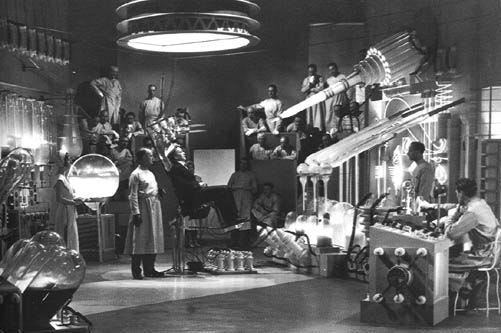On October 31st of this year, the New York Times announced the death of 91 year old Philip Zimbardo, author of The Lucifer Effect, “whose Stanford Prison Experiment studied evil,” the headline explained. The 1971 prison experiment claimed to study the behavior of people placed into a simulated prison environment, where some were randomly chosen to act as guards, where others were chosen to act as prisoners for a two-week duration. The obituary described the “infamous” prison experiment uncritically as having unexpectedly “devolved into chaos after college students acting as guards started abusing other students acting as prisoners.” The experiment was ended after only six days. There was passing mention that the experiment was criticized, though a quote from Zimbardo claiming that his results hold up is given the final word. In fact, his claimed results do not hold up (a high profile attempt at replication by the BBC failed), and investigation into archival documents and videos from the experiment, as well as interviews with the participants, reveal that Zimbardo all but openly conveyed the results he was seeking to the experimental subjects whom he was paying. Shortly after Zimbardo’s death, a documentary series about the Stanford Prison Experiment hoax was released by National Geographic. But, well before that, archival investigations by Sorbonne University associate researcher Thibault Le Texier yielded disclosures revealing that the Stanford Prison Experiment is better understood as improvisational theater, not science.
Keep reading with a 7-day free trial
Subscribe to Lucien Greaves on Substack to keep reading this post and get 7 days of free access to the full post archives.



